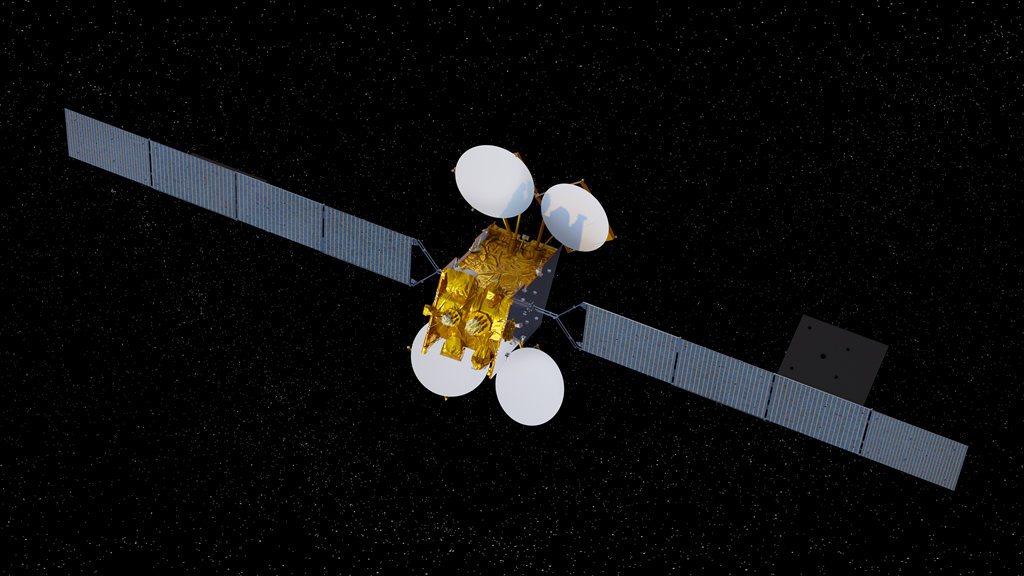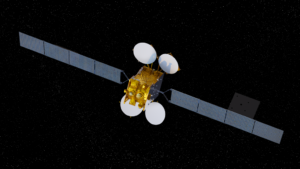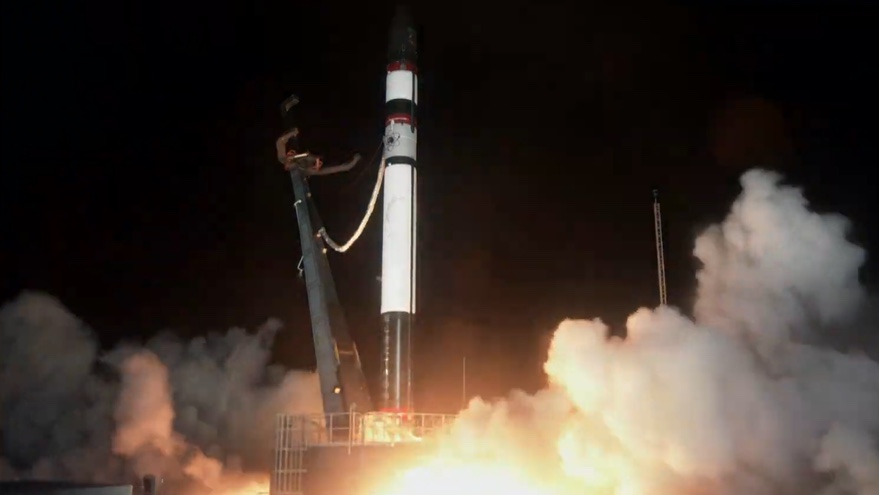Malaysia’s Measat-3 satellite tumbling in GEO
Malaysian operator Measat announced July 17 it has maintained continuous telemetry and command control of an aging satellite that ExoAnalytic Solutions, a space tracking company, said has been drifting westward in geostationary orbit for nearly a month. SpaceNews


This article was updated July 17 with an update from Measat.
TAMPA, Fla. — Malaysian operator Measat announced July 17 it has maintained continuous telemetry and command control of an aging satellite that ExoAnalytic Solutions, a space tracking company, said has been drifting westward in geostationary orbit for nearly a month.
The ExoAnalytic space tracking system detected an anomaly for Measat-3 on June 21, after which it started drifting out of its 91.5 East orbital slot.
Measat-3 appears to have made several in-orbit maneuvers after beginning to drift June 22, but “none since our analysts confirmed on July 1 that it was tumbling,” said ExoAnalytic Solutions executive vice president of engineering Bill Therien.
“It’s rare to see one come back from this stage,” Therien told SpaceNews July 17.
However, he added it was possible that Measat is still able to communicate with and recover the Boeing-built satellite, which was nearing the end of its operational life after launching in 2006.
Measat said Boeing is conducting an in-depth investigation to determine the root cause of an anomaly on Measat-3, which is insured.
The operator announced June 26 that an anomaly it detected June 21 had been resolved, and its team had been in full control of Measat-3 for about two days.
But June 27 it said in a statement: “During the course of our monitoring of restored satellite services after a recent anomaly incident on MEASAT-3, we have observed that the levels of intermittent service degradation recorded indicate that additional time will be required to fully complete the complex satellite and signal stabilisation process.”
U.S.-based ExoAnalytic Solutions observed no debris around Measat-3 when it started drifting and said there is no near-term collision risk with another object in space.
“As satellites age, drifting from orbit is a natural phenomenon,” said Stewart Bain, CEO of Canadian company Northstar, which is planning a satellite constellation to track other satellites.
“MEASAT-3 is a more extreme case. As we increasingly commercialize space, examples like this highlight how vitally important it is for our economy to have precise information on resident space objects in real time so that other high value space assets may take necessary evasive maneuvers or simply stay where they are.”
Measat-3 covered Asia, Australia, Southern Europe, Africa and the Middle East with C-band and Malaysia, Indonesia and South Asia with Ku-band services.
The operator said it was able to immediately migrate and restore broadcast services on other satellites in its fleet after the satellite ran into issues.
“All the MEASAT-3 transponders have been deactivated to prevent interference with other satellites,” it said July 17.
“MEASAT has also informed Combined Space Operations Centre (CSpOC) via Space-Track to track the MEASAT-3 satellite and notify other operators of the satellite’s orbital location, while the full investigation is being conducted by MEASAT and [Boeing Satellite Systems]. A report on the outcome of the investigation will be released in due course.”
Measat said in May 2019 that Airbus Defence and Space will build a Measat-3 replacement called Measat-3d in time for a 2021 launch.
Measat-3d is also due to effectively replace another aging satellite called Measat-3a, which launched in 2009.
Including Measat-3, Measat operates five satellites that provide broadcast and telecoms services.





































